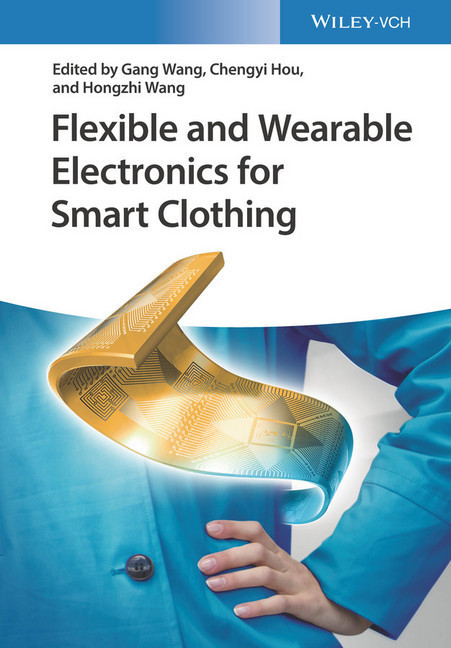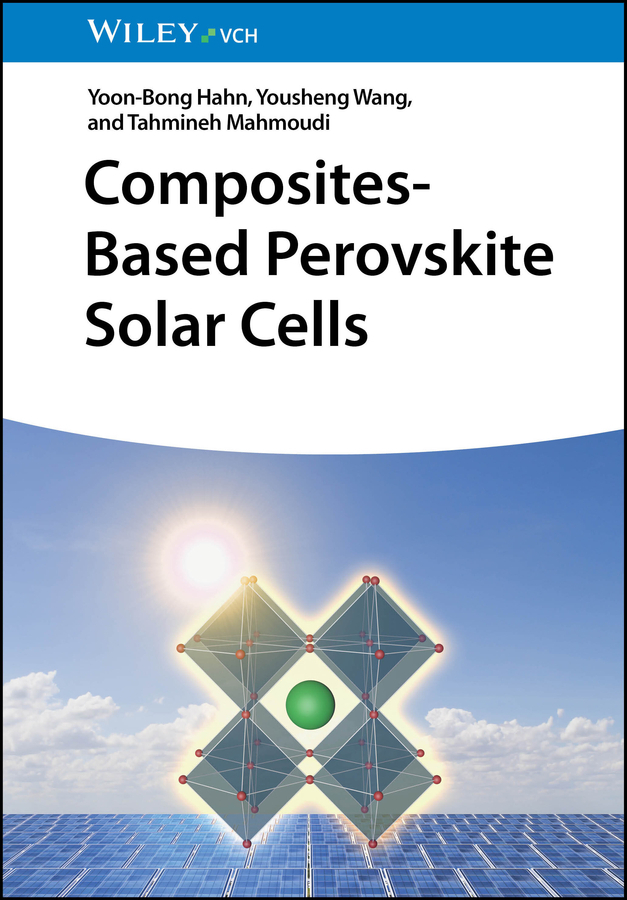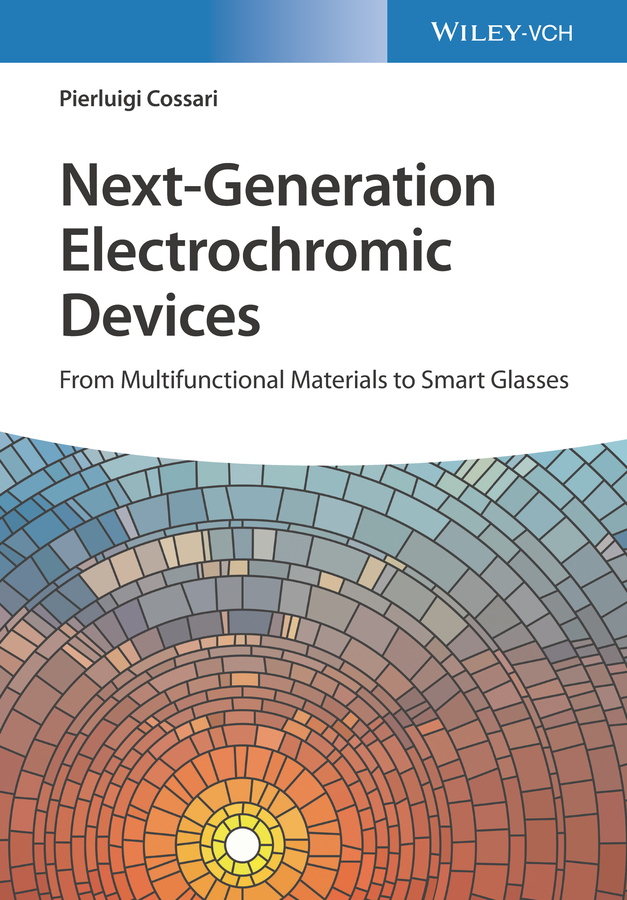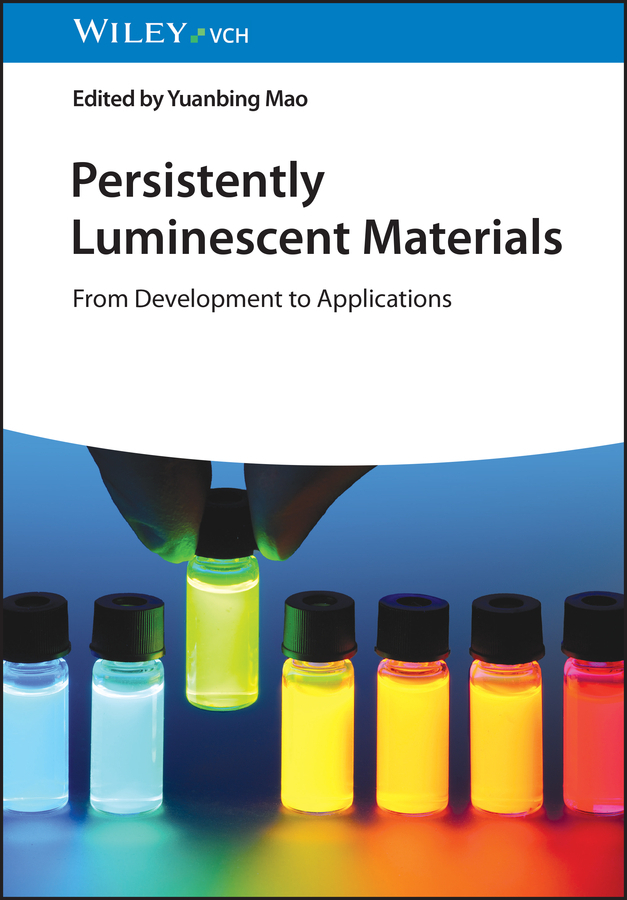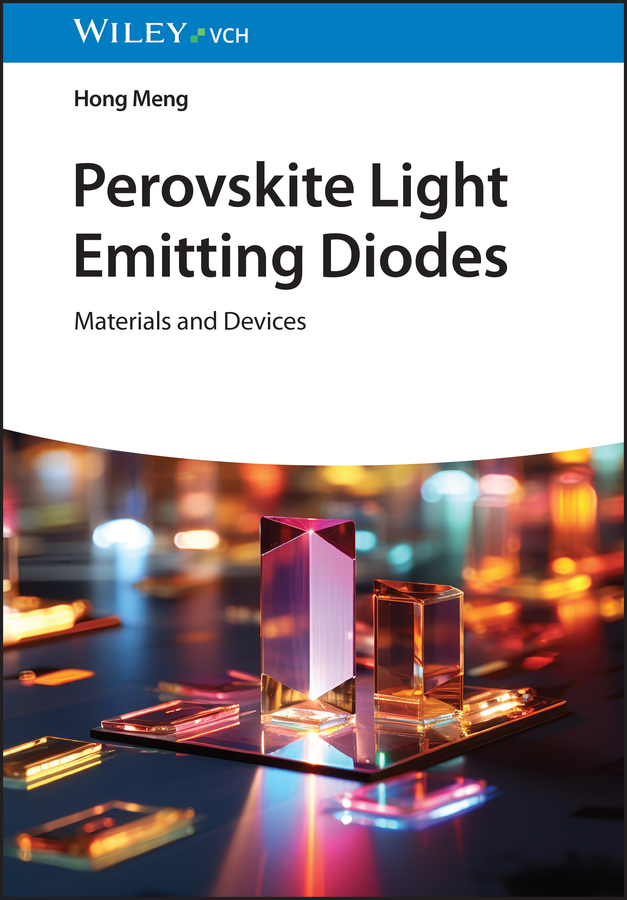Flexible and Wearable Electronics for Smart Clothing
The book gives a coherent overview of recent development on flexible electronics for smart clothing with emphasis on wearability and durability of the materials and devices. It offers detailed information on the basic functional components of the flexible and wearable electronics including sensing, systems-on-a-chip, interacting, and energy, as well as the integrating and connecting of electronics into textile form. It also provides insights into the compatibility and integration of functional materials, electronics, and the clothing technology.
Flexible and Wearable Electronics for Smart Clothing offers comprehensive coverage of the technology in four parts. The first part discusses wearable organic nano-sensors, stimuli-responsive electronic skins, and flexible thermoelectrics and thermoelectric textiles. The next part examines textile triboelectric nanogenerators for energy harvesting, flexible and wearable solar cells and supercapacitors, and flexible and wearable lithium-ion batteries. Thermal and humid management for next-generation textiles, functionalization of fiber materials for washable smart wearable textiles, and flexible microfluidics for wearable electronics are covered in the next section. The last part introduces readers to piezoelectric materials and devices based flexible bio-integrated electronics, printed electronics for smart clothes, and the materials and processes for stretchable and wearable e-textile devices.
-Presents the most recent developments in wearable technology such as wearable nanosensors, logic circuit, artificial intelligence, energy harvesting, and wireless communication
-Covers the flexible and wearable electronics as essential functional components for smart clothing from sensing, systems-on-a-chip, interacting, energy to the integrating and connecting of electronics
-Of high interest to a large and interdisciplinary target group, including materials scientists, textile chemists, and electronic engineers in academia and industry
Flexible and Wearable Electronics for Smart Clothing will appeal to materials scientists, textile industry professionals, textile engineers, electronics engineers, and sensor developers.
Gang Wang is a Professor of materials science and engineering, at State Key Laboratory for Modification of Chemical Fibers and Polymer Materials, Donghua University (DHU) from the Program for Professor of Special Appointment (Eastern Scholar) at Shanghai Institutions of Higher Learning. He is a joint-Ph.D between Donghua University and Georgia Institute of Technology. From 2016-2019, he worked as postdoc at Northwestern University (USA) with Prof. Tobin J Marks and Prof. Antonio Facchetti. His current research interests include multiscale alignment of flexible semiconductor materials, shear print strategy and instruments, andtThe applications of electro-fibers in soft robotics and smart fabrics. He has been published first author/corresponding in international peer-reviewed journals such as PNAS, JACS,Nature Communications, Angewandte Chemie, Advanced Energy Materials, and ACS Nano in the past 3 years. He has 7 Chinese Invention Patents to his name, edited one book on soft electronics (Wiley-VCH), and served as organizer and invited speakers in ACS National Conferences amongst other things.
Chengyi Hou is Associate Professor of materials science and engineering, at State Key Laboratory for Modification of Chemical Fibers and Polymer Materials, Donghua University (DHU), under DHU Distinguished Young Professor Program. He received his Ph.D. degree at the department of materials science and engineering, Donghua University in 2014. He worked as a Marie Curie Postdoc at the department of chemistry, Technical University of Denmark from 2015 to 2017. He has engaged in the development of innovative methods and experimental approaches to address the key scientific and technical challenges related to scalable synthesis, processing, and assembly of nanomaterial-based soft electronics. He has explored the potential applications of a series of nanomaterials as electronic skin, micro-reactors, artificial muscle and three-dimensional biological scaffolds. He has published over 40 peer-review journal articles, with several publications on Science Advances, Nature Communications, Advanced Materials, Advanced Functional Materials, amongst others.
Hongzhi Wang is Professor of materials science and engineering, at State Key Laboratory for Modification of Chemical Fibers and Polymer Materials, Donghua University. He received his Ph.D in 1998 at Shanghai Institute of Ceramics, Chinese Academy of Sciences. From 2000 to 2005, he worked as postdocr at Micro-space Chemistry Lab., National Institute of Advanced Industrial Science and Technology (AIST) in Japan. In 2005, he joined Donghua University as a Full Professor . His main research topics are devoted to macroscopic-ordered 2D materials, flexible materials for wearable applications, functional fibers and textiles, and smart clothing. He has published over 200 papers in international peer-review journals, and granted over 80 patents, two of which have been commercialized in functional fiber industry in China.
Wang, Gang
Hou, Chengyi
Wang, Hongzhi
| ISBN | 9783527818587 |
|---|---|
| Artikelnummer | 9783527818587 |
| Medientyp | E-Book - PDF |
| Copyrightjahr | 2020 |
| Verlag | Wiley-VCH |
| Umfang | 360 Seiten |
| Sprache | Englisch |
| Kopierschutz | Adobe DRM |

